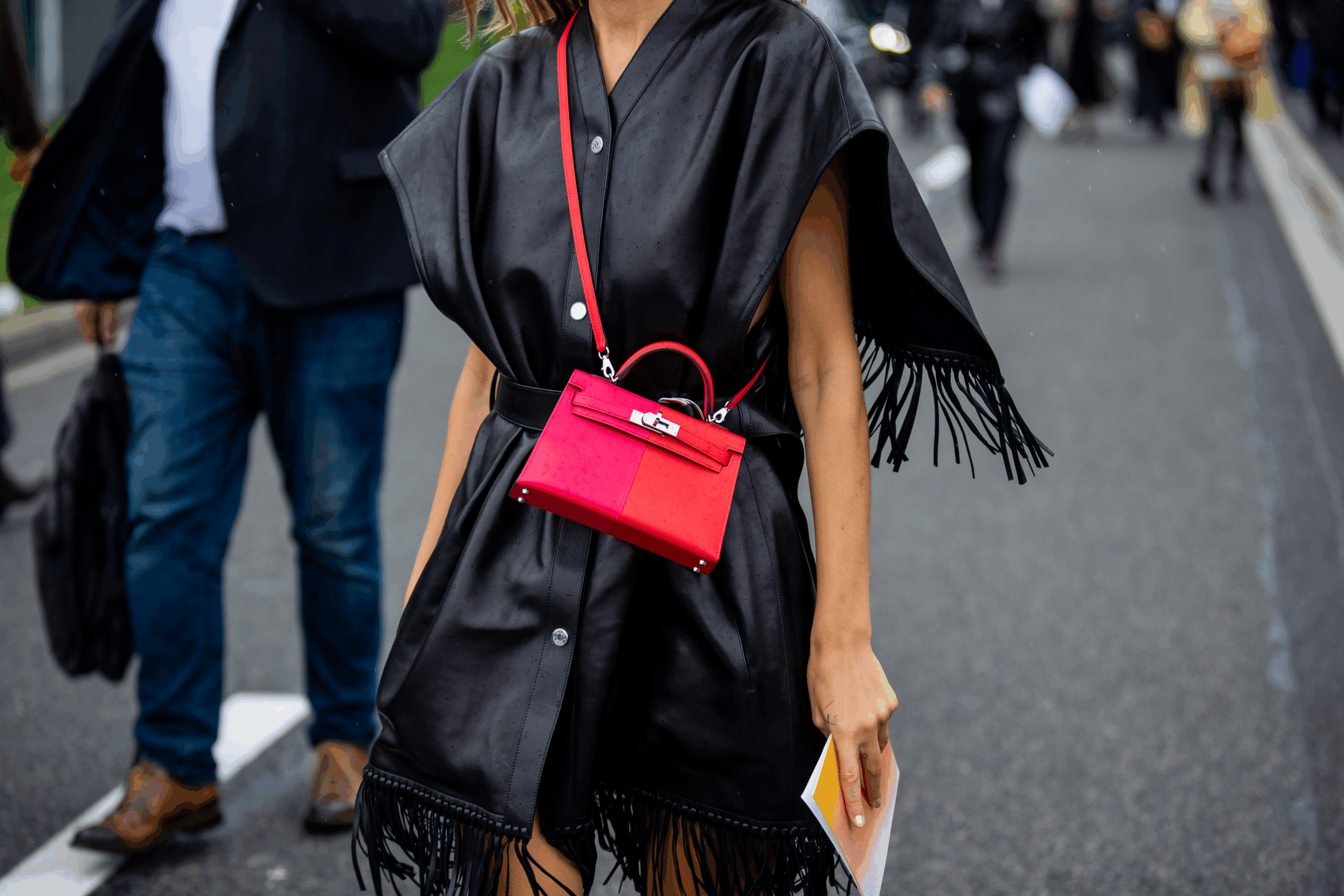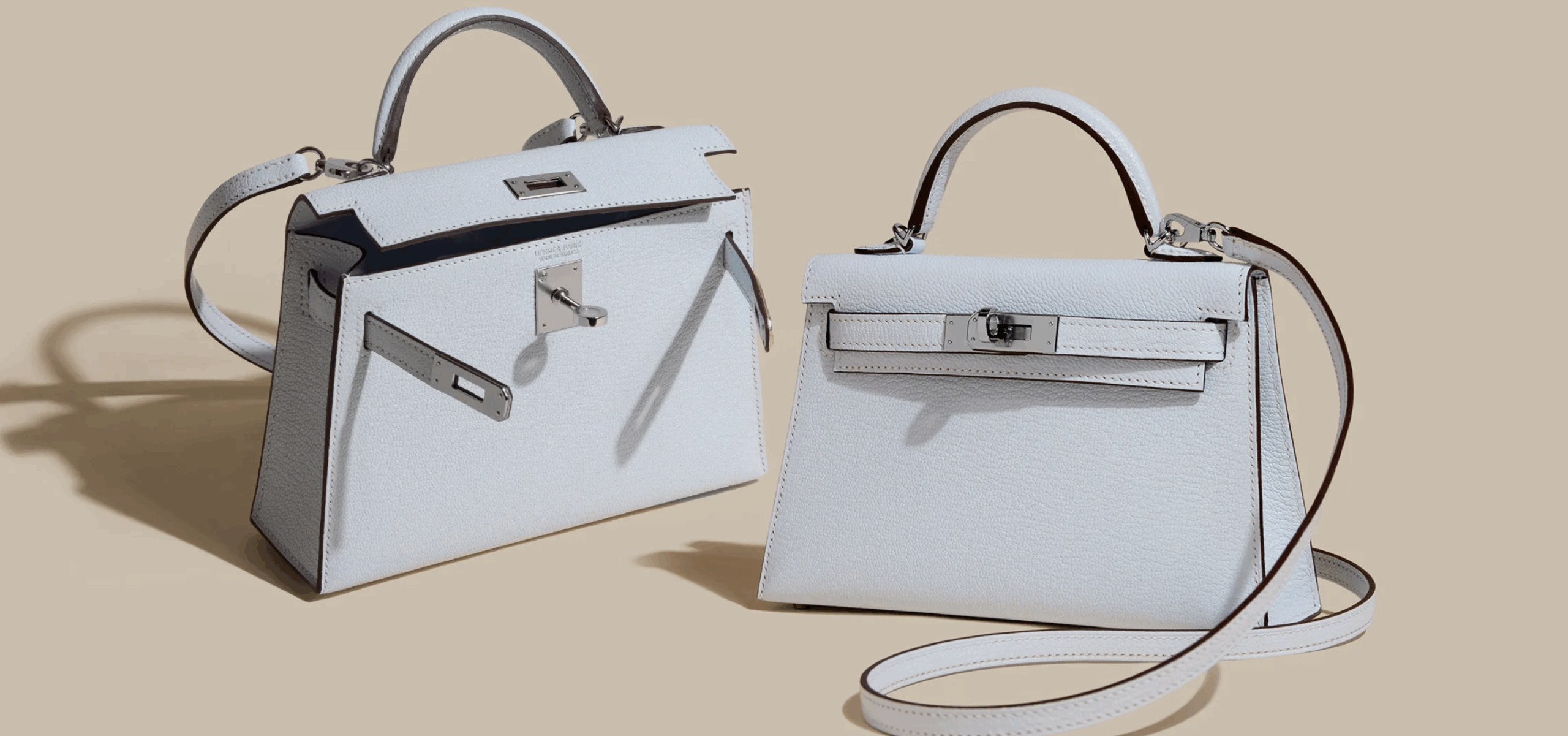
Birkin Patrol: Guarding the Gates of Exclusivity
Thea Elle
Once upon a time, the trickiest part of scoring a HERMÈS bag was feigning casual interest in the Birkin, as if you’d just “popped in” on a whim. Today, the real obstacle is clearing a form of retail border control. Forget customs officers — these are boutique clerks armed with rules requiring more documents than a bank loan. A government-issued ID. A matching credit card. In-person pickup, no exceptions. The once-romantic impulse buy has been replaced by the cold thrill of bureaucratic approval. Send an assistant? Only if your assistant is you. Ship it? Only if your home sits in a fairytale Paris, a short stroll away. HERMÈS calls it safeguarding authenticity. The rest of us call it handbag immigration.

Back When a Birkin Came Without Border Control
There was a period, not so long ago, when buying a Birkin was the kind of transaction that relied more on charm than on credentials. You needed a well-fed bank account, a knack for light boutique banter, and the composure to nod at $1,200 belts you had no real plans to wear. The ritual was well-worn. You dropped enough money to make your accountant rethink your retirement plan, pretended to be passing through the store by pure accident, and graciously accepted the handbag you’d been quietly angling for over the better part of a year. No forms to sign, no numbers to verify, no sensation that you were moments away from facing a customs declaration.
It was an age of absurd prices, yes, but also of human transactions. You could enter a boutique, exchange a small fortune for a piece of stitched leather, and leave without being treated like a potential international criminal. The salesperson smiled. You smiled. Everyone understood the roles being played. Now, that polite theatre has been replaced with an obstacle course of requirements — photo ID, matching credit cards, personal collection in person — a protocol that makes passport control feel like a handshake.

Luxury Shopping’s New Borderlines
HERMÈS has quietly redrawn the atlas of indulgence. What was once a seamless global network of boutiques for the well-heeled has fractured into a series of micro-checkpoints, each requiring your physical presence, your official identification, and your willingness to stand precisely where they tell you, precisely when they tell you. The bag you crave might be sitting in a stockroom just a few hours away, but without appearing in person to claim it, you might as well be trying to retrieve it from a locked vault on Mars.
This isn’t really about keeping counterfeiters at bay — it’s about reinforcing the hierarchy. By lacing the process with inconvenience, HERMÈS transforms each transaction into an ordeal worthy of dinner-party retelling. It becomes a pilgrimage. A narrative. A subtle performance in which the act of owning the bag is secondary to the drama of acquiring it. The difficulty is intentional. The scarcity, curated. And in this upside-down market, customers leap through every hoop, because what they are truly buying is the right to say, “I got one.”

Authenticity by Appointment Only
HERMÈS insists the tightening of purchase rules is about client protection and ensuring every bag is the genuine article. The unspoken reality? It is also about fencing off the resale market, where a freshly purchased Birkin can surface online within hours, often at twice its original boutique price. With ID checks, in-person pickups, and a firm no-shipping policy, the company builds a paper trail so immaculate it could be mounted in the Louvre.
But authenticity here extends beyond calfskin and hand-stitching. It’s about maintaining the mythology that a HERMÈS bag is something you earn — through loyalty, strategic spending, and a schedule flexible enough to orbit around a boutique appointment. This is luxury reimagined as an endurance event. If you are willing to master the paperwork and book the travel, you’ve passed the test. At least until they invent a new one.

The True Cost of Looking Good
Only in the rarefied air of luxury retail can the seller hold all the inventory, all the profits, and all the power — yet still demand that the buyer jump through hoops like an eager intern. HERMÈS dictates the terms, schedules the meeting, and controls the stock, while customers reorganize their lives for the privilege of being allowed to spend money. In any other market, this would be a customer service disaster. In luxury, it is called mystique.
The logic is almost comical. Imagine a car dealership phoning to say your vehicle has arrived, but you must personally fly in tomorrow to collect it, or they’ll hand it to someone else. Most buyers would find a new dealer. HERMÈS clients? They book the ticket, cancel their meetings, and smile for the Instagram post. It is not practicality that drives them — it is the unspoken rule that, in this strange economy, the higher the cost of entry, the more proof you have of belonging.

Luxury’s Own Customs Check
The brand’s rules go beyond authentication. They are about ritualized control. Each ID verification, each insistence on in-person pickup, each short-notice summons is part of a performance that turns a transaction into a rite of passage. HERMÈS is not selling a bag so much as orchestrating a chase, and the chase is half the purchase.
The spectacle is deliberate. Scarcity is staged like theater scenery, and difficulty is engineered with the precision of haute couture. And it works — customers will cross borders, rearrange calendars, and cradle an orange box as though it were a classified diplomatic pouch. In an age where the customer is meant to reign supreme, HERMÈS has managed to turn the crown itself into merchandise.

